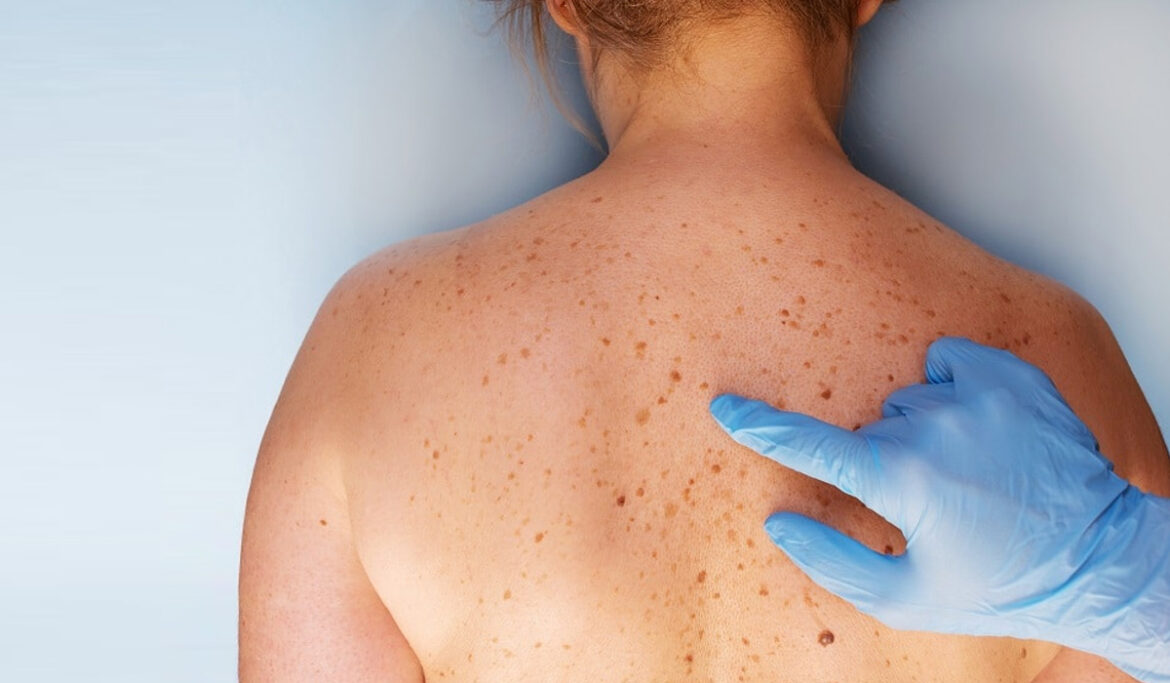What is Skin Cancer?
The abnormal or unusual growth of skin cells develops on the skin exposed to the sun. Melanoma, basal cell carcinoma and squamous cell carcinoma are the three main types of skin cancer. Squamous cell carcinoma and basal cell carcinoma are the most common and their treatment is also very effective. Malignant melanoma in its later stages is difficult to treat.
Causes of Skin Cancer
Solariums: UVB and UVA radiation are emitted by solariums that cause skin cancer. Cosmetic tanning is not recommended by many doctors under any circumstances.
Sunburn: Sunburn is considered as the chief reason that causes melanoma. Sunburn can even happen in cool temperatures as UV radiation is still strong at that time. Burning is not caused by sun exposure rather it results in damaging of the skin cells and also increases the risk of developing a skin cancer. Persistent exposure to UV radiation year after year can also cause skin cancer.
Tanning: Over exposure to UV radiation from the solarium or sun can results in tanning that damages the skin. A tanned skin will lose its elasticity that can cause wrinkles. There could also be the appearance of brown patches on the skin or discoloration of the skin can also be there. These all conditions will increase the chances of skin cancer.
Symptoms of Skin Cancer
Some of the symptoms of basal cell cancers include –
- Sunken or flat growth that is hard and can be yellow or white
- Reddish patch of dry skin that does not heal
- Waxy scar that could be yellow, skin colored or white
- Pimple that does not clear
- Red or shiny pink growths that appears like sores that is usually scaly and bleed easily
- Brown, pink or red color pear-shaped lump
- Sore that bleeds, heals and then returns back
Some of the symptoms of squamous cell cancers include –
- Skin on the lip can get thick
- Scaly patch on the lip
- Open sore that bleeds and itches and returns after a period of time
- Hard patch, reddish lump or pearl shaped growth
- Make the skin raised in the area of the cancer
Some of the symptoms of melanoma include –
- Bruise on the foot that does not heal
- A mole on the skin which is changing in shape or color and is also growing
- Black or brown streak underneath toenail or fingernail
- Appearance of new dark spot that looks like a mole and also grows quickly
- Bleeding, pain or itch in a new spot on the skin
- A bleeding and scaly mole on the skin
Stages of Skin Cancer
Stage 0: This initial stage is also known as carcinoma in situ meaning that cancer cells are there, but are present in a small area in the top layer of the skin. These cancer cells have not grown or have not started to spread inside the deep layers of the skin.
Stage 1: In this stage, the cancer has not spread as it is less than 2cm.
Stage 2: In second stage, cancer has not spread but is more than 2cm across.
Stage 3: The cancer has possibly spread to surrounding lymph nodes and also into the tissue below the skin.
Stage 4: In the final stage, cancer has spread to other body part and this occurs very rarely with basal cell or squamous skin cancers.
Diagnosis of Skin Cancer
The skin is thoroughly examined for seeing dry patches, growths or moles. Sometimes a dermoscope is also used for better viewing of the skin. This device emits light and magnifies the skin that helps in viewing structures of the skin. Biopsy is also used for diagnosing skin cancer that is safe and quick to perform. Some other tests may also be required if melanoma is diagnosed. Some of these include –
- Biopsies: A doctor uses a number of techniques in order to get tissues samples from lymph nodes.
- Imaging: Some tests are required that helps in finding metastasis such as PET scan, chest x-ray, CT scan, bone scan and MRI.
Treatment of Skin Cancer
Skin cancers can be effectively treated before spreading. Localized squamous cell and basal carcinomas can be effectively treated with the help of standard treatments. The small tumors can be surgically removed surgically or with the help of electric current cauterization and skin scraping. These tumors can also be destroyed with low-dose radiation or can be frozen with liquid nitrogen. The primary tumors are first surgically removed when squamous cell or basal cell carcinoma has spread beyond the local skin site.
It is essential to remove melanoma tumors surgically before they spread beyond the skin into the other organs. The tumor is completely removed that is along with a safe margin of nearby tissue and also probably surrounding the lymph nodes. The symptoms of advanced melanoma can be relieved by using either chemotherapy or radiation therapy.
Sometimes the combination of chemotherapy with immunotherapy is also preferred. Radiation therapy is used for slowing the growth rate and also for controlling symptoms if the melanoma spreads to the brain. Immunotherapy is a new advanced treatment that destroys cancer cells by manipulating the immune system of the body. Some of the efforts has also been made for curing advanced melanoma with the help of immunotherapy.
